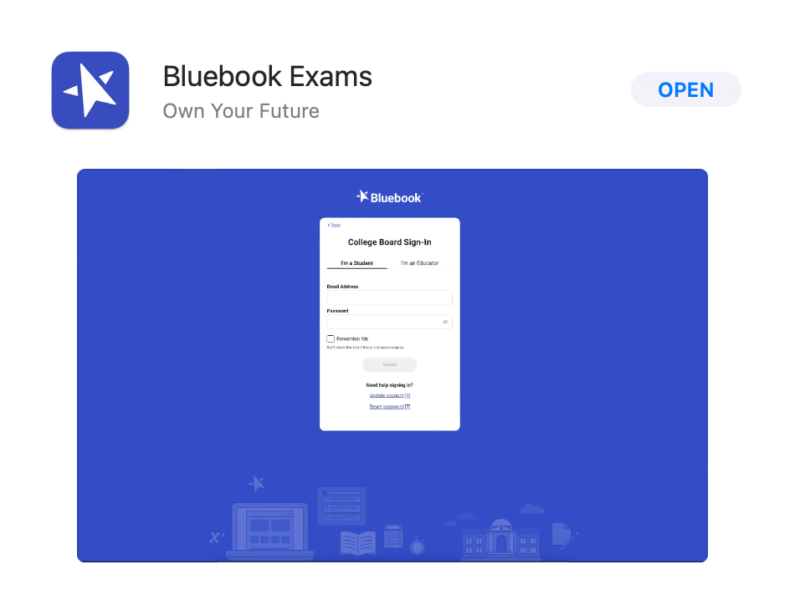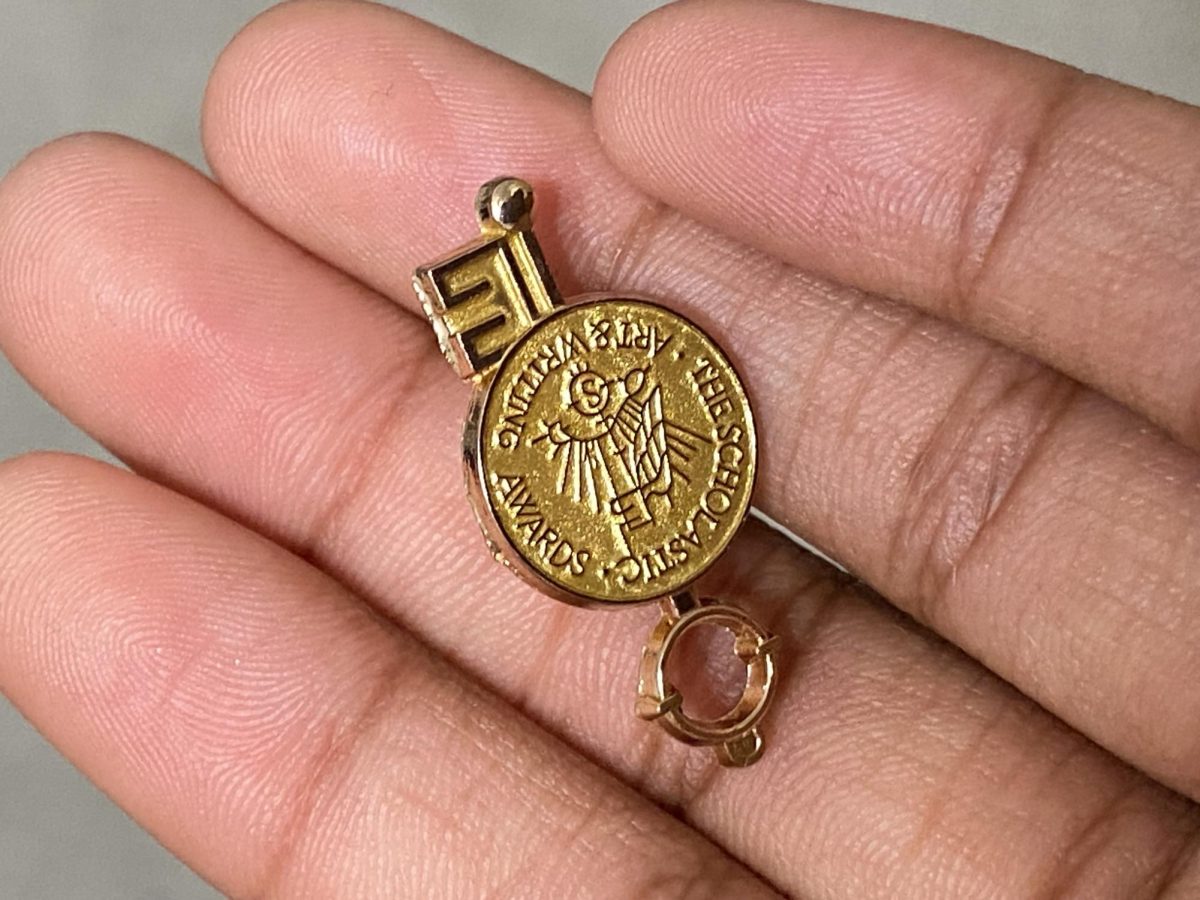At the start of the new year, the College Board announced that the SAT, a standardized test for high schoolers would be changing its format from pencil and paper to digital with the upcoming spring season of 2024. Arguably one of the most essential parts of the college application process, this singular standardized test dooms the fate of many.
Since 1926, the SAT has been administered using pencil and paper, but with the new era of technological innovation, the College Board has decided to transform their previous versions of the test into a digital version. The main changes to look out for on the digital SAT are adaptability, length, calculator use, and questions.
Adaptability
Traditionally, the pencil and paper versions of the SAT are standardized to each student, with every student receiving the same questions for each test. However, with the digital version, this is not the case. Each student will get an SAT that is reflective of their performance in what is called the “first module” of each section. If the student answers the first module with more than 70 percent accuracy, they will be moved to the “second module” which is harder, and vice versa. If the student answers the module with less than 70 percent accuracy, they will be moved to the easier version of the second module. However, depending on the module you are transferred to, your score will be capped at 590 or 800 for the section.
Length
The pencil and paper SAT lasts three hours and 15 minutes, but the digital SAT has cut the test down by an hour, lasting two hours and 14 minutes across all sections and breaks. The first section on the pencil and paper test was “Evidence-Based Reading” which was 65 minutes long, followed by “Evidence-Based Grammar” which was 35 minutes long, followed by Math with no calculator which was 25 minutes long, and Math with a calculator which was 55 minutes long. On the digital test, the reading and writing sections have been combined into one section with 64 minutes for 54 questions, meaning that a student should spend roughly 71 seconds per question. This is a dramatic change from the paper SAT, where the reading and writing sections were separated. Similarly, both the calculator and no calculator sections of Math have been combined into one section, with 70 minutes for 44 questions, meaning that a student should spend roughly 95 seconds per question.
Questions
The reading and writing sections on the digital SAT have changed completely; in reading and writing passages on the new SAT are much shorter (only up to 150 words, whereas the current SAT passages are up to about 750 words). Furthermore, because both the no calculator and calculator sections have been combined into one, a student is provided with a built-in Desmos graphing calculator throughout the entire section.
Alex Du, a CVHS junior who scored a1580 on the pencil and paper version of the SAT but scored a 1400 on the digital PSAT, had a few concerns.
“I often find difficulty focusing on digital tests. The PSAT is a good predictor of your SAT score, yet there was a large disparity between my results,” said Du.
Studies claim that participants in computer-based tests are not at a disadvantage regarding their test results and the computer-based test required less processing time. But with these changes, Carnegie students have varying opinions on whether or not the changes in the SAT will be beneficial for students. Many students believe that they can focus and perform better on pencil or paper tests, or vice versa.
“The reading and writing questions were completely different. I had some difficulty adjusting to the changes in questions, but with enough practice, anyone could do well. Pattern recognition is the most important thing on the SAT,” said Du.
Some resources students can use to study for the Digital SAT are Khan Academy or the official digital SAT practice tests offered on Collegeboard.com. Bluebook, the application used for the digital SAT, currently offers four SAT practice tests, and one PSAT practice test.
“The most important thing on the SAT is practice. I took about 30 paper practice tests to score my 1580. Before your test, make sure you rest well and don’t overwork yourself. My strategy is to read every single word in the question, without skimming to ensure accuracy,” said Du.










Ella Pham • Feb 21, 2024 at 9:38 am
really insightful!